7 Things EdLeaders Should Do
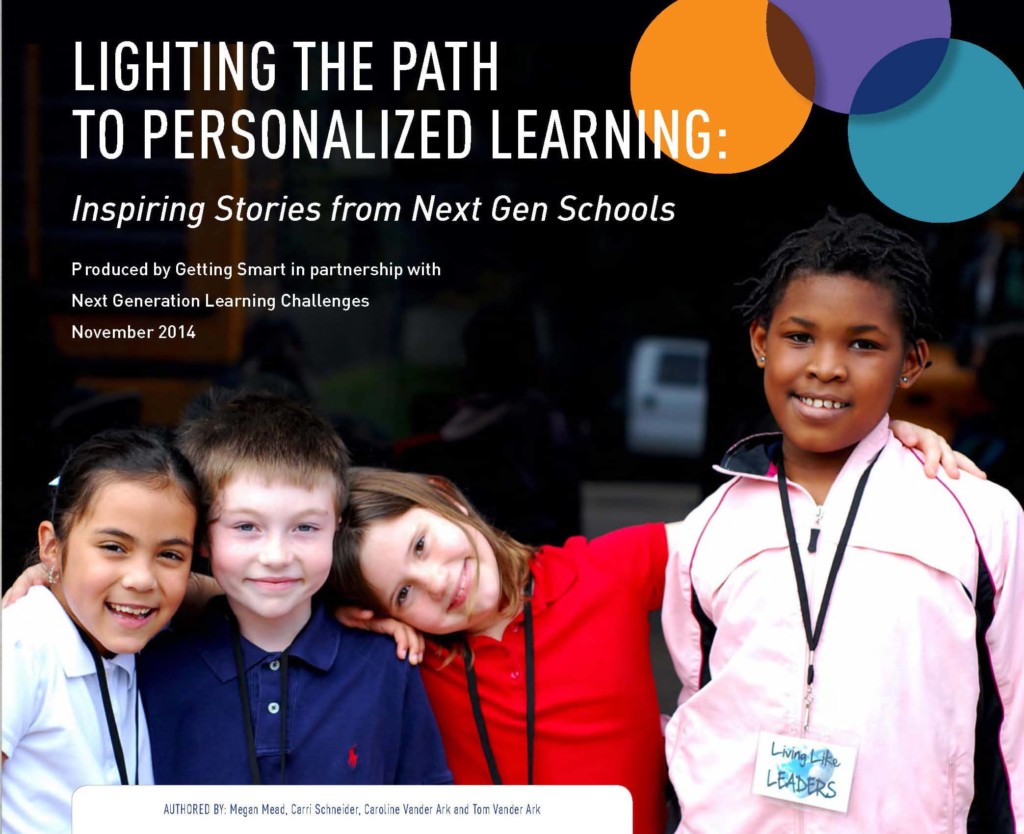
There’s a big opportunity to boost math and science achievement by using new tools to create powerful learning experiences and environments. That was the message at a Phoenix STEM conference sponsored by MIND Research Institute (see a recap of #AZSTEM).
Andy Calkins, Next Generation Learning Challenges (NGLC), describes these new environments as:
- Learner-centered: a personalized path for every student;
- Blended: combining online, project based, and small group learning; and
- Competency-based: learners show what they know and progress as they demonstrate mastery.
With the explosion of free and affordable digital tools teachers have created hundreds of thousands of blended classrooms. But personalized and competency-based pathways take teamwork. That means school and system transformation takes vision and empowerment–leadership from the top and full engagement of teacher leaders. It requires some pretty sophisticated organizational design and technology procurement. And, because these changes will result in new learning experiences and new forms of feedback and reporting, students and parents need to be partners in the journey. Together the organizational change, technology deployment, and community building represent three simultaneous leadership challenges.
Where’s an EdLeader to start? On Friday I told the #AZSTEM audience there are seven steps to transform a school or district.
1. Mindset check. Over the last decade Dweck, Duckworth, and Tough reminded us that a growth mindset matters. In addition to the importance of hard work, we think students need the opportunity to make stuff, to take initiative and working collaboratively. In our new book Smart Cities we outlined the formula: Innovation Mindset = Growth Mindset + Maker Mindset + Team Mindset. (Read about classroom strategies for building an innovation mindset).
If leaders want teachers and students to develop an innovation mindset, EdLeaders should start by examining their own approach to the work by asking some tough questions: Do I recognize effort as well as reward performance? Do I create room and incentives for initiative? Have I created a collaborative environment?
2. Share your next gen vision. Leaders should take every opportunity to describe a hopeful future where students and teachers benefit from personalized learning. It’s particularly helpful to describe the kinds of experiences you’d like to see more of (and maybe what you’d like to see less off).
Denver Public Schools crafted a vision that incorporates active engagement, co-created learning plans, and strong supports.
Harlem Success Academy principal Andrew Malone suggests simple powerful phrases packed with meaning as a result of lots of examples and conversation.
3. Develop talent. The most important lesson of the last 20 years is that talent development–recruiting and developing great teachers and leaders– matters more than anything else.
As discussed in Preparing Teachers for Deeper Learning, educators should have the same kind of learning experiences as students–blended, personalized, and competency-based.
Services like MyEdMatch are making it easier for schools to find teachers with the vision and skills they are looking for.
4. Plan for access. Leaders put their vision on a timeline and help their community make a series of decisions that move them toward high access environments where every student has take home connectivity. As Mark Edwards illustrated in Every Child Every Day, connectivity costs about $250 per year per student. District like El Paso are making good use of open content to help pay for expanding 1:1 access. As discussed in the Blended Learning Implementation Guide, working in three or four phases makes a digital conversion possible for every district.
5. Support new school models. As noted in December, in the first decade of this century we learned a lot about opening good new schools. More than 5,000 schools (both district and charter) were formed–most around the tried and true formula including a college prep curriculum, talented teachers, and a supportive learning environment. Sponsored by NewSchools Venture Fund and a dozen national and regional foundations, it became apparent that it was easier to open a good new school than to dramatically improve a struggling school–especially a high school.
With cheap devices and improving broadband coverage, this decade will be marked by the shift to personalized learning in blended environments. The most influential group packaging promising strategies into new and transformed school grants is NGLC. We tracked 14 of the 45 teams that received an NGLC grant and told their story in Lighting the Path to Personalized Learning (featured image). Each of these teams embrace high expectations for college and career readiness and personalized learning. They are approaching their work in a way that is scalable and sustainable. Grant funding helps initiate and support the work, but even without grant funding the NGLC framework is a good set of design principles.
Two districts combining support for teacher leadership and school redesign include:
- CityBridge Foundation and NewSchools Venture Fund launched the Education Innovation Fellowship, a professional development opportunity for 20 teacher-leaders in Washington DC. They meet monthly for a year, surveying all the sector knowledge about next gen tools and models and visit innovative schools. Two cohorts of Fellows have energized education in the city and supported new and transformed schools benefiting from NGLC grants.
- Fulton County (in metro Atlanta) is growing a cadre of Vanguard Teachers (four per school) who have mastered the art of technology use with classroom instruction. This month the district will announce seven design partners that will work with cohorts of schools.
6. Partnerships for progress. Schools can’t do this work alone. Chapter four of Smart Cities outlines the importance of partnerships to meet the needs of youth and families, to promote college awareness and readiness, to develop talent, to build improvement capacity, and to incubate innovation. After three years of studying innovations in learning in America’s great cities is that ecosystems matter–and partnerships drive ecosystems.
EdLeaders need to be community conversation leaders; they need to craft a series of temporary agreements that move schools forward with a combination improvement and innovation
7. Stick around! Different than the revolving door common in many urban centers, real equity producing progress takes time–a broad web of leadership sustained over a decade.
RT @amybwang: The 7 things education leaders should do, from @tvanderarkpic.twitter.com/0buQg6yF11#AZSTEM @MIND_Researchs #SmartCities
— edReformer (@edReformer) January 30, 2015
This post is part of our “Preparing Leaders for Deeper Learning” series. If you have thoughts about what today’s school leaders should know and be able to do and how they should be prepared, we’d love to hear from you. Contact [email protected] with the subject “Preparing Leaders” for more information.



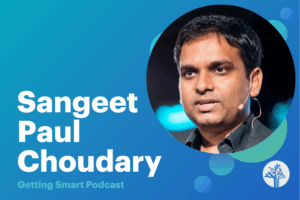

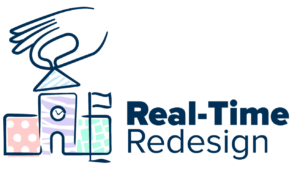
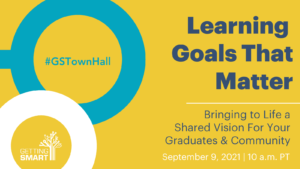
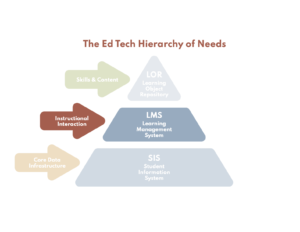
0 Comments
Leave a Comment
Your email address will not be published. All fields are required.